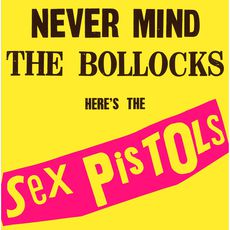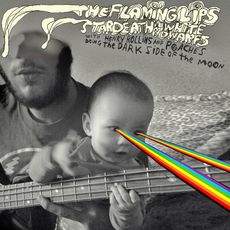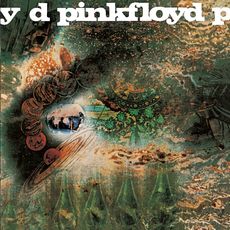Pink Floyd’s ground-breaking album The Dark Side of the Moon was the result of a long creative process that began around 1968. ‘A Saucerful of Secrets’ (the main track from the eponymous album) was, for Nick Mason at least, where it all began. Their next album Ummagumma (1969) gave each band member the opportunity to create a solo piece, though they would have to combine their talents if they wanted to hit the jackpot. Pink Floyd continued to search for the perfect record with Meddle, an album which highlighted their skills in the studio, and Atom Heart Mother, before they reached enlightenment with The Dark Side of the Moon. And the album’s perfection hasn’t faded one bit.
November 1971: Meddle had just been released, but Pink Floyd were already thinking about their next project. The idea was to play their new material in the first half of their concerts and draw from their repertoire in the second half. At the end of 1971, the group met up in Nick Mason’s kitchen and began to go over the usual schedule: first they would compose and rehearse the tracks, then break them in on stage and finally record them in the studio.
Once they had agreed on making a concept album (one that would largely focus on madness), they began rehearsing in Bermondsey, South London, in a disused Victorian warehouse that belonged to The Rolling Stones. The group combined new compositions (such as ‘Money’) with scraps from previous studio sessions (’Brain Damage’ was taken from their Meddle sessions), unfinished tracks and fragments of previous ideas. They even completely reconstructed some tracks, such as ‘The Violent Sequence’ and ‘The Riot Scene’, which they had recorded in 1969 for the film Zabriskie Point, directed by Michelangelo Antonioni.
Once the main bulk of the album had been put together, the first concert of what was then called Dark Side of the Moon, A Piece for Assorted Lunatics took place at the Brighton Dome on 20th January 1972 after three days of rehearsals at the Rainbow Theatre in London. Unfortunately, not everything went to plan due to technical problems with the pre-recorded tapes. The performance was cut short midway through ‘Money’ and the musicians had to play ‘Atom Heart Mother’ instead. It was only the next day, at Plymouth Guildhall, that the audience heard the new concept album in its entirety. Nevertheless, NME were enthusiastic about the premiere, reporting that “Floyd opened the first part of their tour with a new piece, tentatively titled ‘The Dark Side of the Moon’, showing that their writing had taken on a new and again innovative form.” Despite a small number of concerts that followed this premiere, many people view their gig in London on 17th February as the official birth of the album, since The Dark Side Of The Moon was practically complete in terms of the arrangements. However, two tracks were radically different from their album versions: ‘Travel Sequence’, which later became ‘On the Run’ and ‘Mortality Sequence’, which gradually transformed into ‘The Great Gig in the Sky’. And the final song (’Eclipse’, which was composed a few weeks later) was still missing at that point.
Some confusion remains over the names of these concerts: some claim that the first name was Eclipse, A Piece for Assorted Lunatics, others that it was Dark Side of the Moon (without the initial ‘The’). There’s a logical explanation for the mix-up: while Pink Floyd were performing their shows on stage, the British group Medicine Head released their third album, Dark Side of the Moon, in 1972. Roger Waters’ band briefly changed the name to Eclipse, A Piece for Assorted Lunatics. But since the Medicine Head record turned out to be a ‘commercial dud’, Pink Floyd decided to go back to their original title. The title was clearly fashionable at the time - in addition to the Medicine Head album, Hawk from South Africa also called one of their songs Dark Side of the Moon on their 1972 album Africa She Too Can Cry.
Pink Floyd had already experimented with the idea of a concept album in 1969 on The Man & The Journey, the first half of which details a man’s activities throughout the day. The Dark Side of the Moon built upon this idea on the A-side of the album, tracing life from birth (’Breathe’) to death (’The Great Gig in the Sky’). The B-side explores human relationships in modern society, looking at themes such as greed (’Money’) and conflict (’Us and Them’). By using a common thread, Pink Floyd could abandon their long atmospheric instrumentals on stage without reducing their shows to a collection of tracks with no consistent logic.
Create a free account to keep reading


















